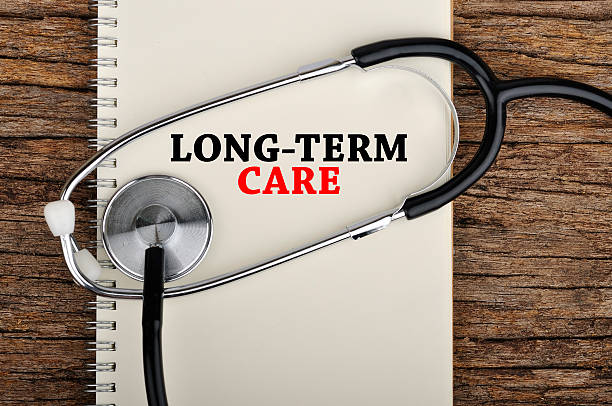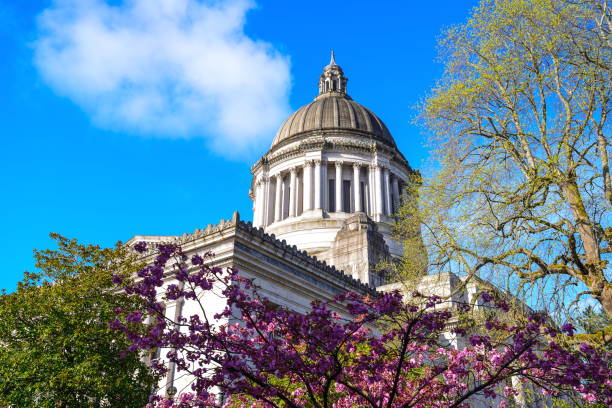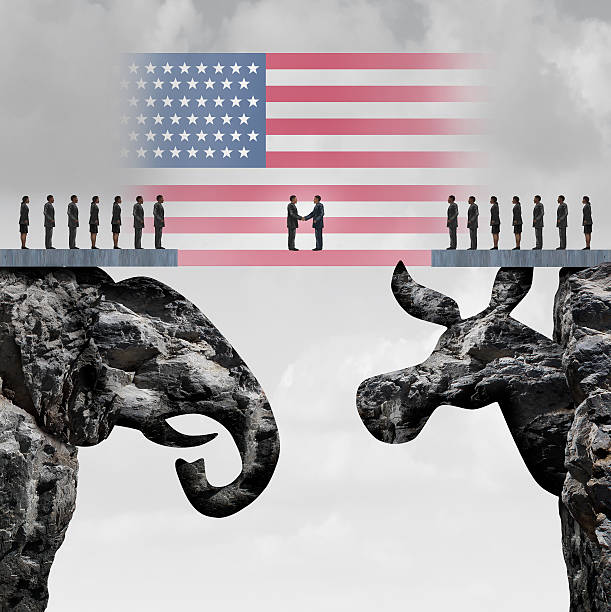2018 Obamacare Insurance Exchange Premium Increase in Perspective
This blog also appeared as an op-ed in The Yakima Business Times.
The window for enrolling in Obamacare exchange health insurance begins this week for the 2018 calendar year. Headlines are screaming of a 37 percent average increase over 2017 rates nationally (here) and 24 percent in Washington state (here).Pundits and some people in the health insurance industry are blaming the Trump Administration and the Republicans for this massive price increase. By withholding the cost-sharing reduction (CSR) subsidies, the Administration has supposedly destabilized the insurance market.
A bit of perspective is warranted, however.
First of all, the fundamental structure of the Affordable Care Act (ACA) begs for a collapse of the insurance exchange marketplace. The law requires every adult, 18 years of age and older, to own health insurance or pay a penalty. The penalty started very low in 2014 and gradually increased to $700 per year.
The average cost of a plan in the individual insurance market is around $4,000 to $6,000 per year. Many policy analysts correctly predicted that young and healthy people would choose to pay the lower-cost fine and go without insurance. Obamacare also forces insurance companies to sell plans to anyone, regardless of pre-existing medical conditions. Consequently, young and healthy people can wait until they become ill and then purchase health insurance.
As premiums continue to rise, buying insurance becomes even less attractive for healthy individuals. Adverse selection then takes over, with an increasing-percent of sicker people remaining in the exchanges. Premiums then spiral up and out of control.
Second, regardless of what happens with CSRs, the original subsidies in the exchanges continue to increase, depending on a person’s income. Hence, taxpayers are on the hook for the CSRs (if reinstated) or for ever-increasing basic subsidies. Either way, at least for the short term, the individual market in the exchanges remains viable. The individual market outside the exchanges and for the 20 percent of people in the exchanges who don’t receive subsidies, premium prices continue to rise dramatically.
Finally, the entire individual health insurance market, both in and out of the exchanges, is composed of only five percent of all Americans. Rising premiums in the exchanges make for great headlines and may very well be the death-knell for the Obamacare exchanges. However, they are hardly a significant concern for the vast majority of Americans.
Of real concern is the enormous regulatory and cost burden that the flawed ACA law places on Americans. At some point, Congress must step up to its responsibility and relieve the country of this partisan health policy disaster.







